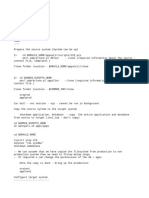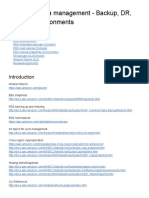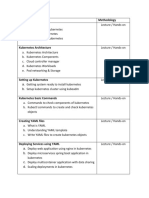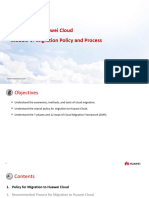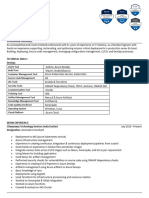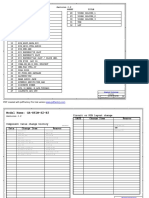0% found this document useful (0 votes)
62 views15 pagesCloud Storage Setup for IT Teams
EFS Based Cloud Storage project for AWS
Uploaded by
Avinash Vamshi HCopyright
© © All Rights Reserved
We take content rights seriously. If you suspect this is your content, claim it here.
Available Formats
Download as PDF, TXT or read online on Scribd
0% found this document useful (0 votes)
62 views15 pagesCloud Storage Setup for IT Teams
EFS Based Cloud Storage project for AWS
Uploaded by
Avinash Vamshi HCopyright
© © All Rights Reserved
We take content rights seriously. If you suspect this is your content, claim it here.
Available Formats
Download as PDF, TXT or read online on Scribd
/ 15










